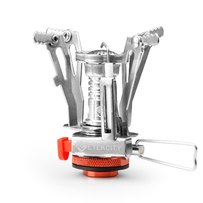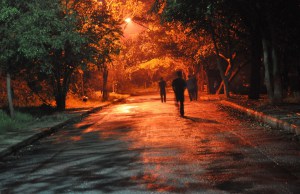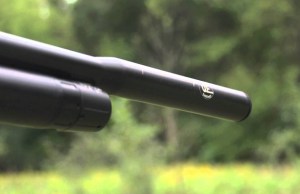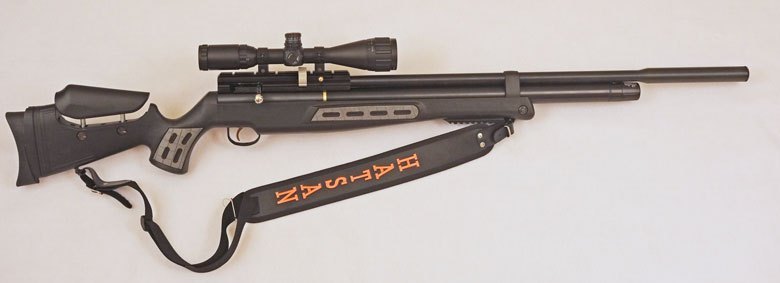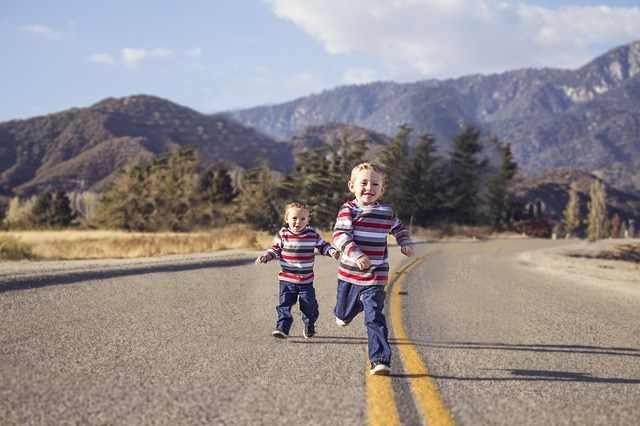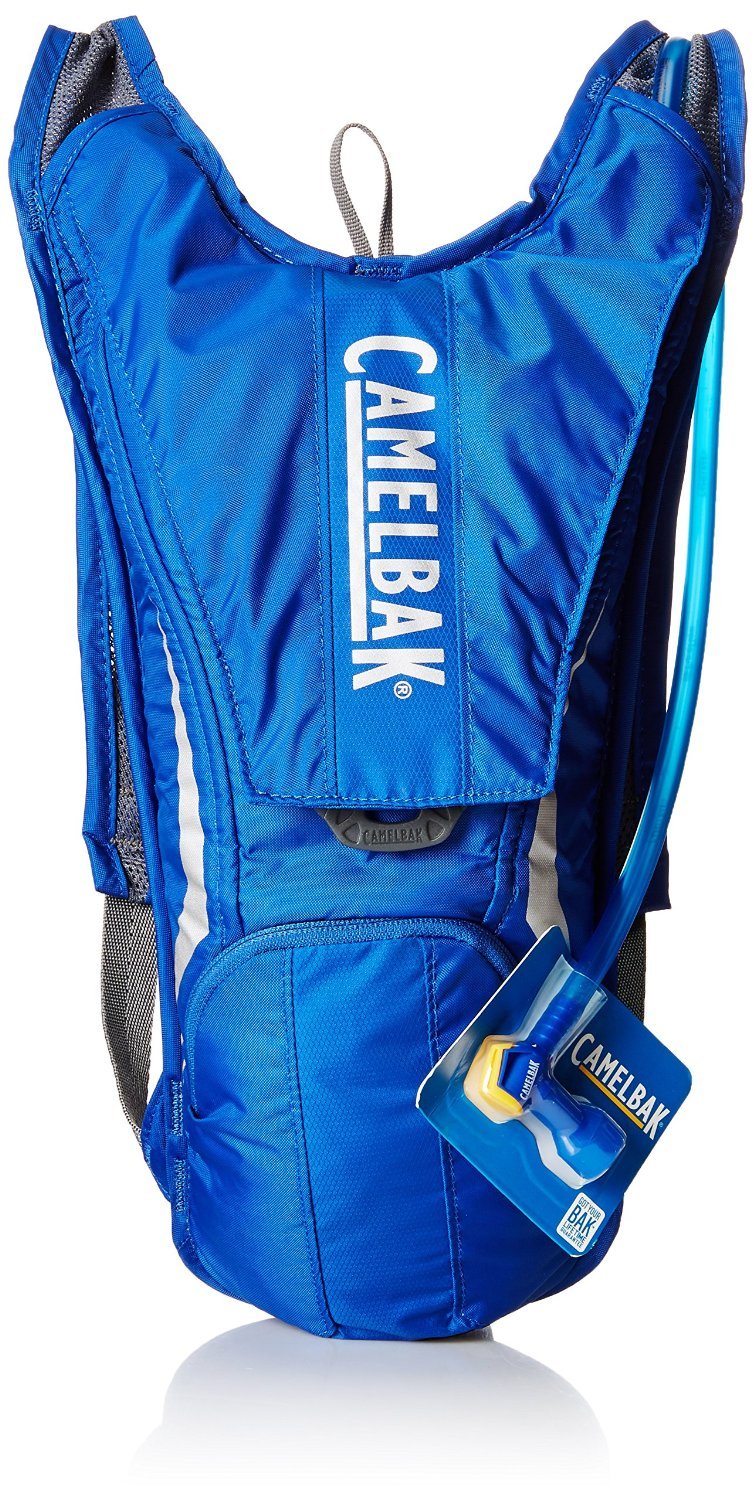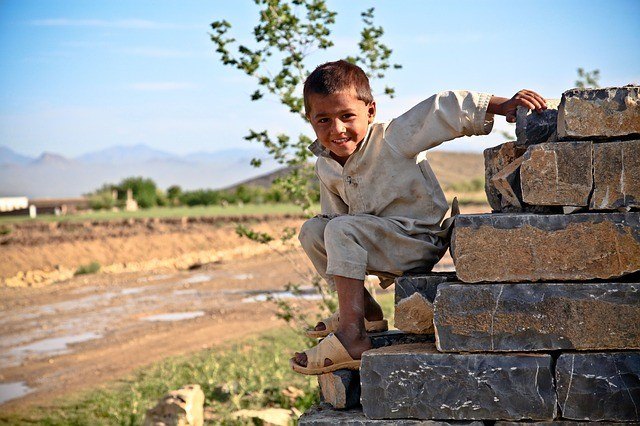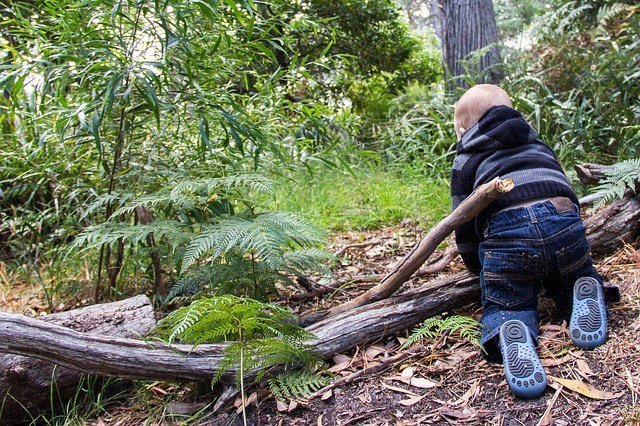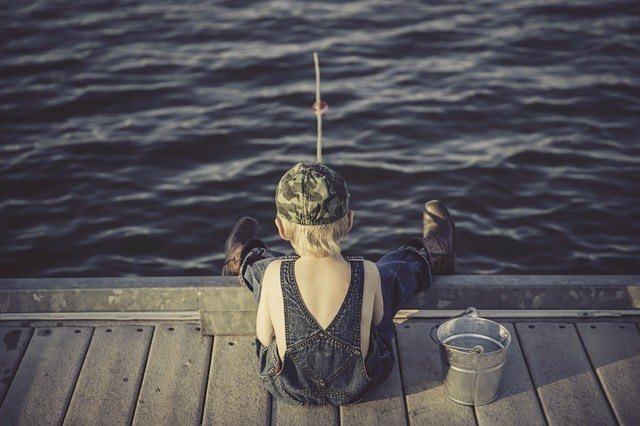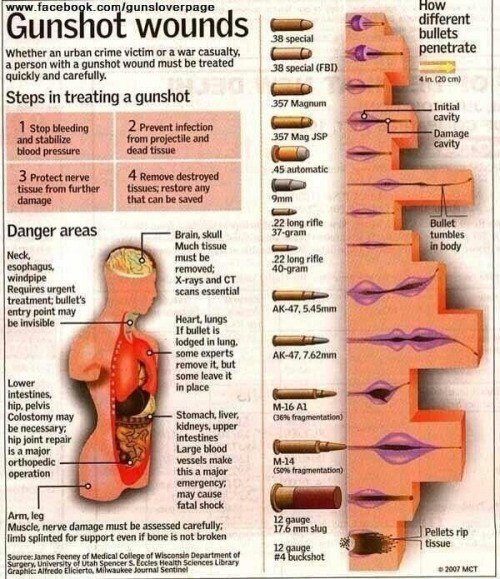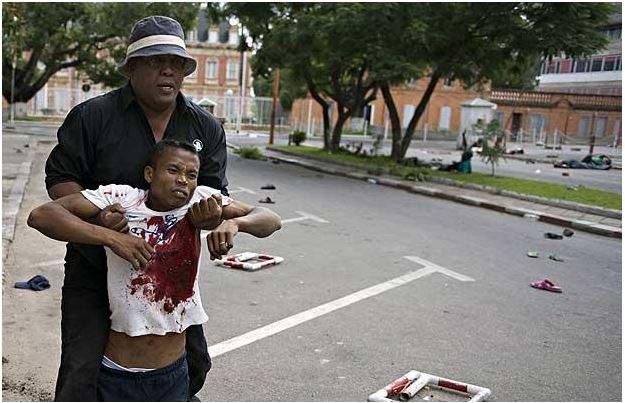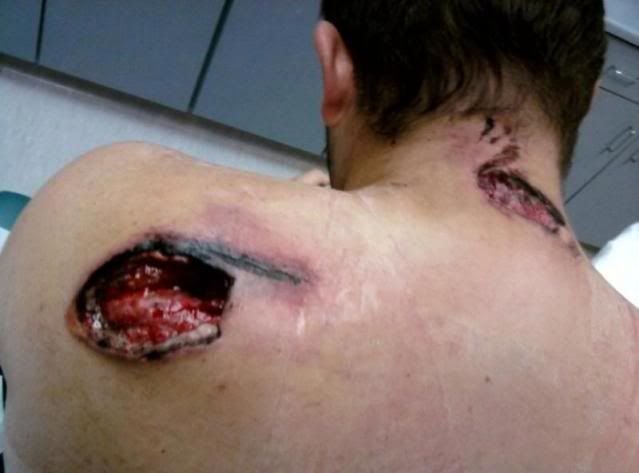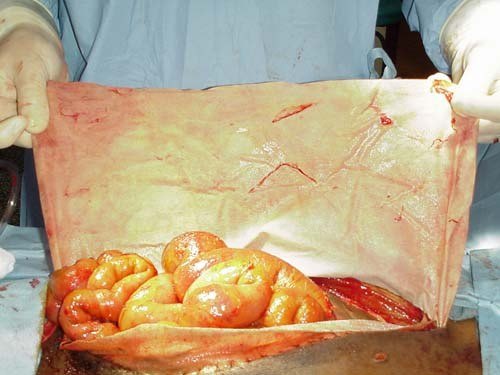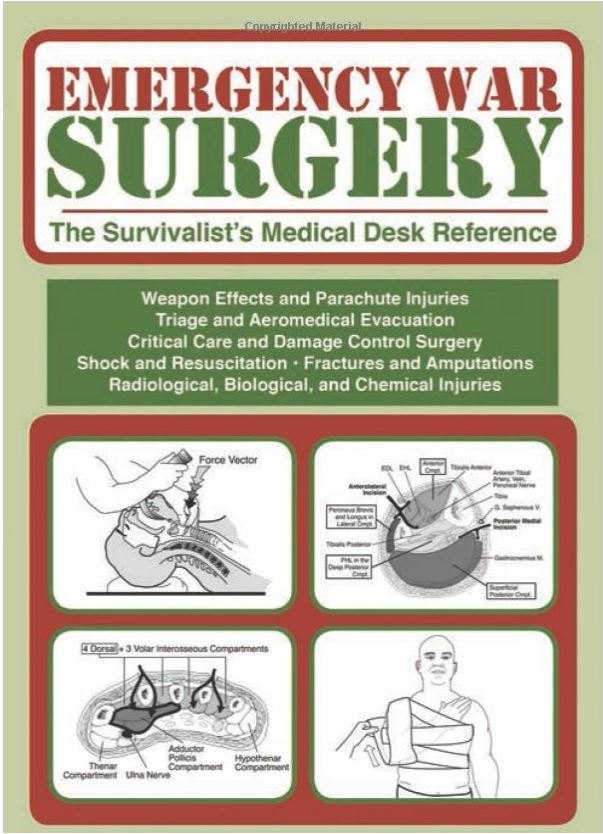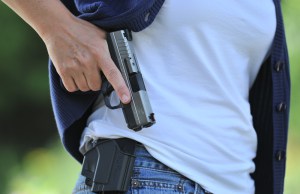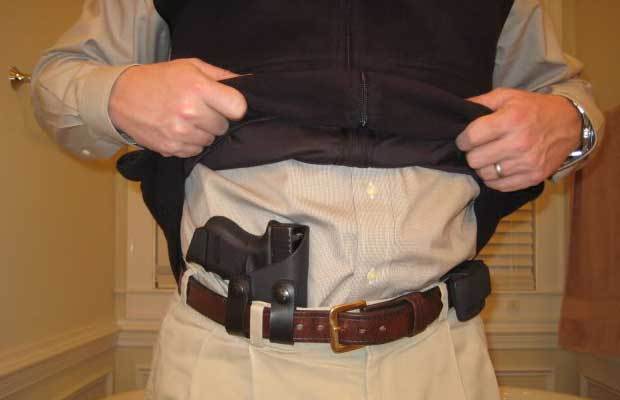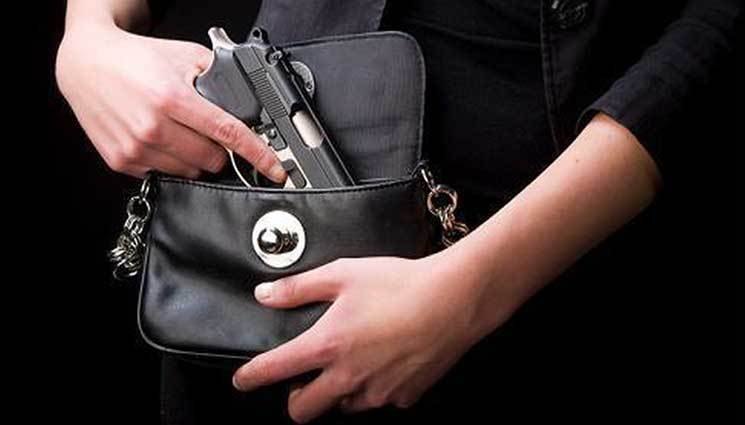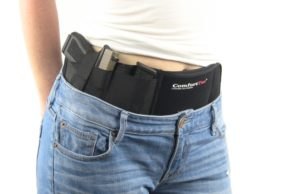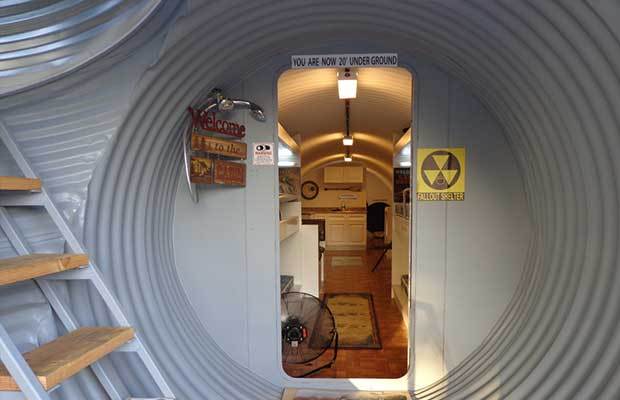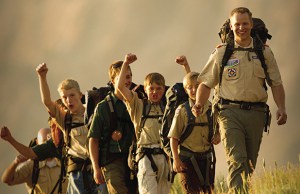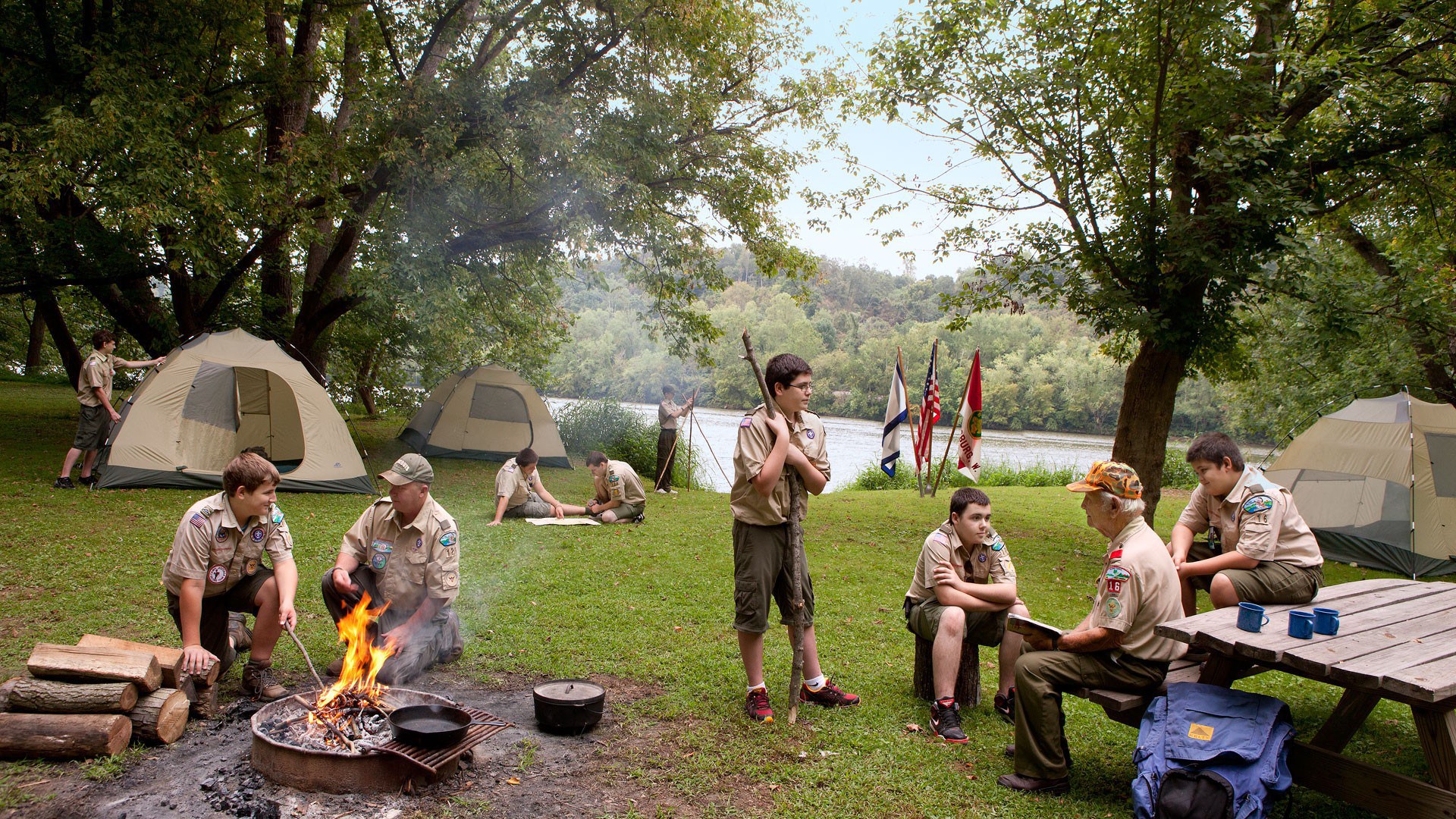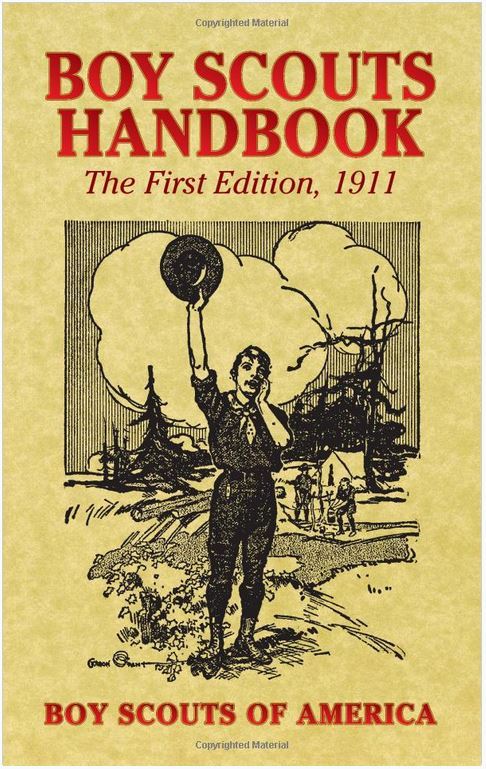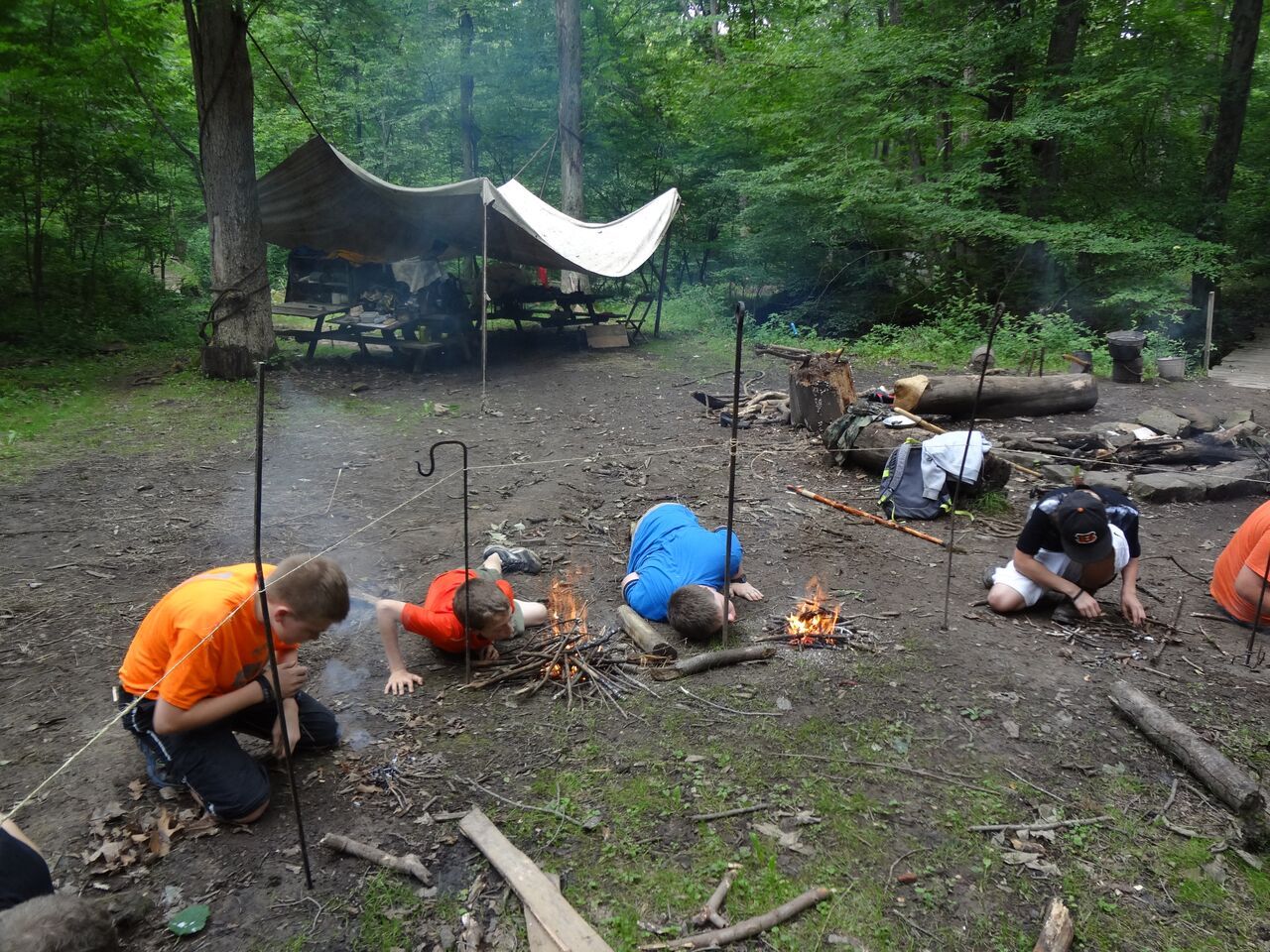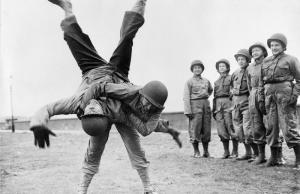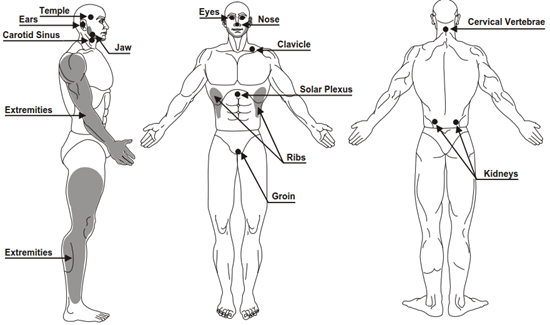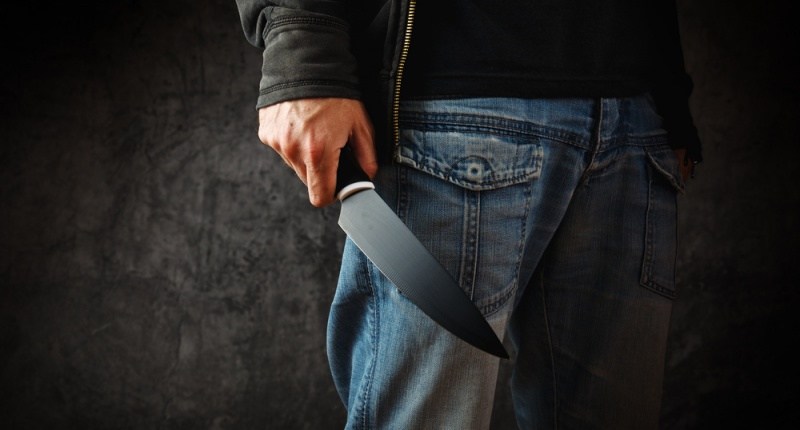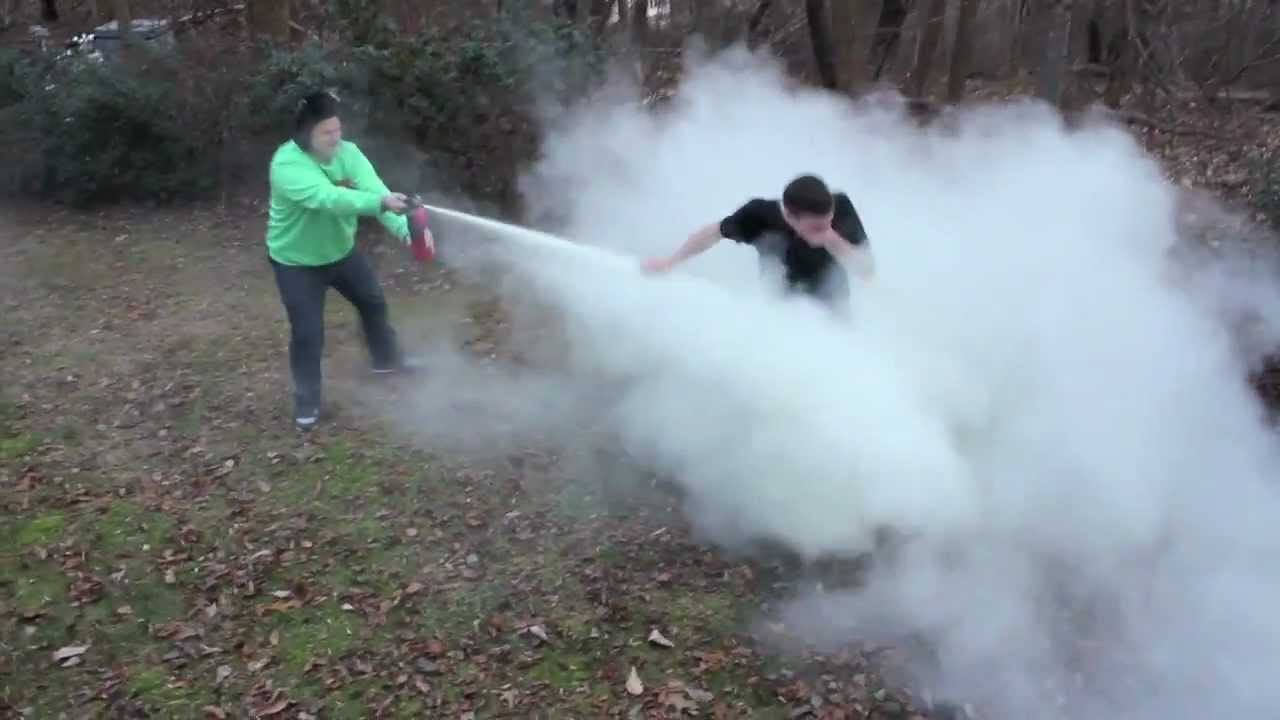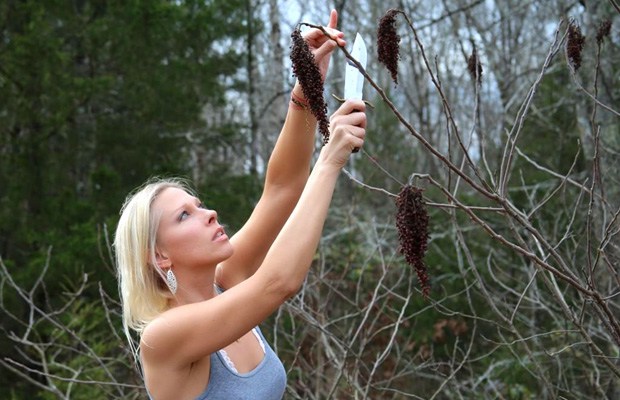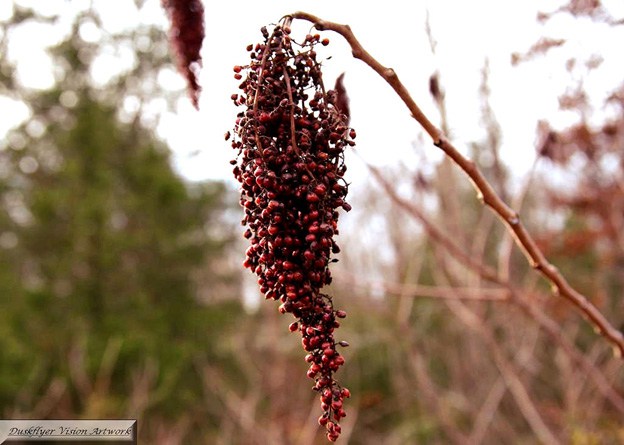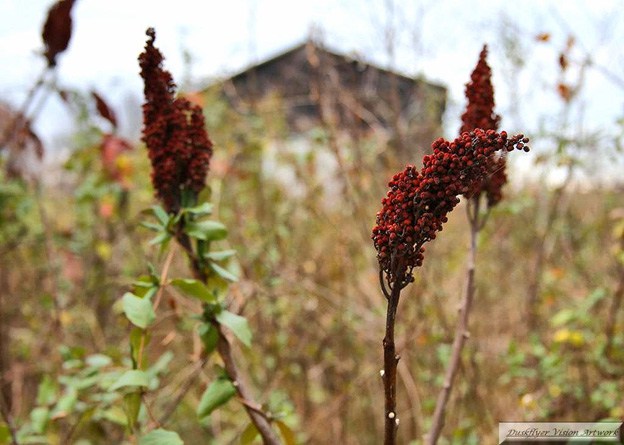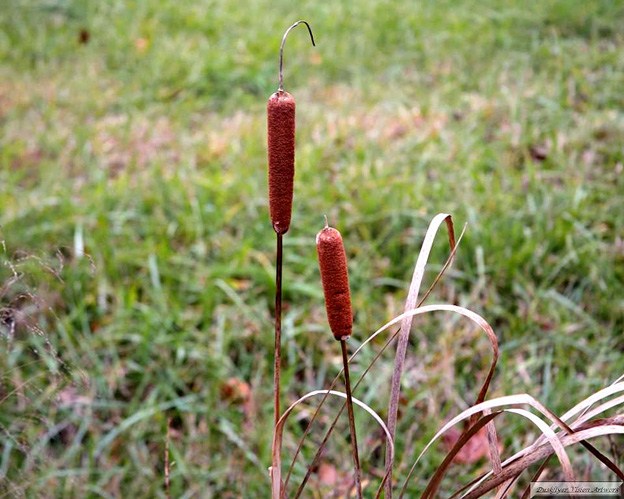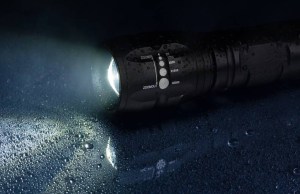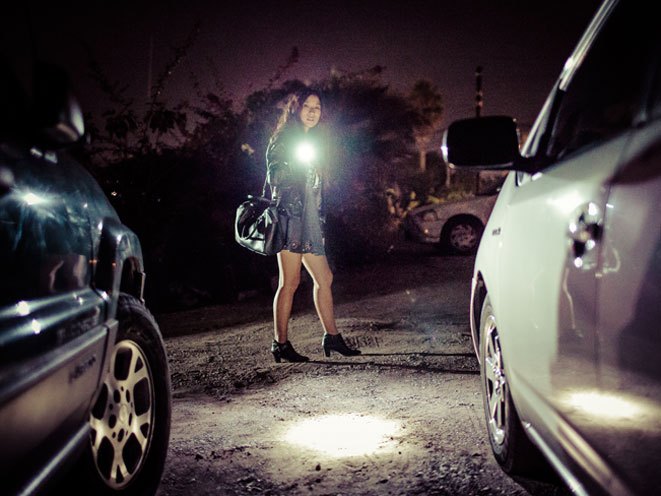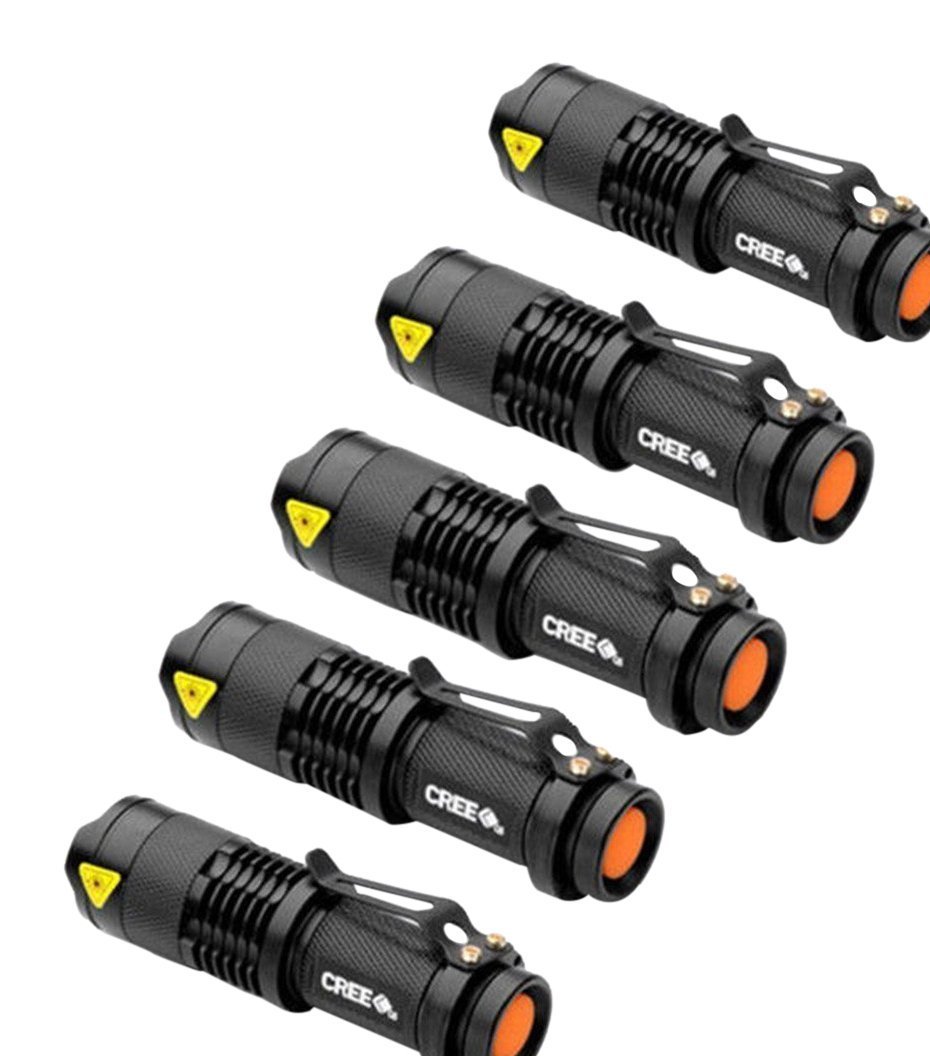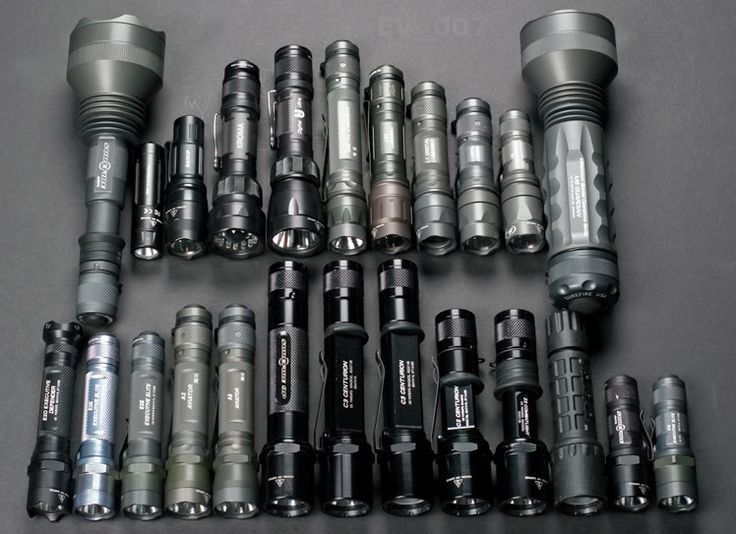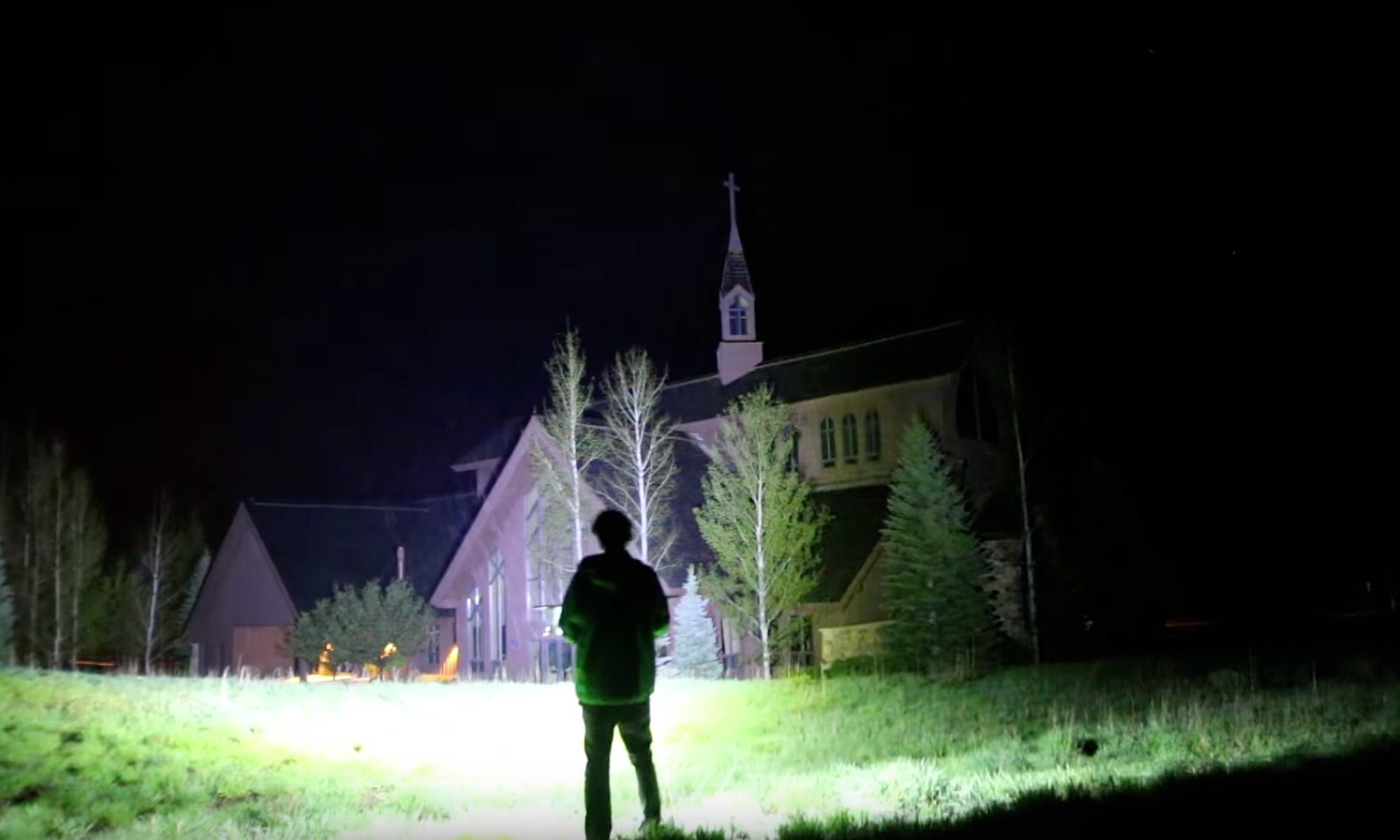As anyone can tell you that has ever discussed the bible or religion there is no one Christian view on any topic and the purpose of this article is not to push one view or another but to provide a perspective that you may not have considered. There will be those that may say these scriptures are out of context but I challenge you to look them up for yourself. Obviously, our founding fathers quickly amended the constitution to provide the citizens a clear assurance that they could “keep and bear arms” but where did they get this view? Was it simply from their experience in dealing with the British or was there a scriptural basis for it.
Different Views of Scripture
There are two predominate views based on scripture that address preparedness. The first is that scripture warns us therefore, we should take practical steps to take care of ourselves and others. The other view is that God will take care of us so no need to prepare. Some simply believe the Lord will take care of them others believe that He will but that they must do their part. It is always important to look at scripture in context and with other relevant scriptures. A good example of why this is critical is this text in the book of Luke.
Luke 10:4 (NIV)
4 Do not take a purse or bag or sandals; and do not greet anyone on the road.
If we stop here it would appear that Jesus is telling them not to prepare, that He is going to take care of them and to rely on the mercy of strangers when they travel. As we read on in Luke 22 we find a much different view as again Jesus is speaking directly to his disciples.
Luke 22:35-38 (NIV)
35 Then Jesus asked them, “When I sent you without purse, bag or sandals, did you lack anything?”
“Nothing,” they answered.
36 He said to them, “But now if you have a purse, take it, and also a bag; and if you don’t have a sword, sell your cloak and buy one.
Here we have a much more complete and up to date picture, Jesus giving instructions for the future. Now he does not only address the purse (money), bag (provisions) and sandals (clothing) but also the sword (protection). He puts such an emphasis on the sword, such a level of importance that He separates it from the other items saying if you don’t have one go sell clothing to buy one! He does not say to sell the sword to buy clothes. This may not be for you today but Jesus is speaking of what the future will require. The future Jesus described for the disciples may just be your reality today. Jesus specifically indicates that the disciples are to take supplies with them when they go out to minister as well as a means of protection.
Personal Protection
Your first reaction to this topic might be to think “Guns” but for this discussion we are really discussing whatever means of personal protection you are comfortable with. Often we hear Jesus described as a pacifist and at times Jesus plainly chose that approach.
Matthew 5:39 (NIV)
But I tell you, do not resist an evil person. If anyone slaps you on the right cheek, turn to them the other cheek also.
Are there times to walk away from a fight? Absolutely yes, are there times when using a lethal weapon for a minor offense is simply not the appropriate response? Of course, yet just before His crucifixion, Jesus’ instructions are different from the often quoted “turn the other cheek” phrase used by some.
Luke 22:38 and 49 (NIV)
38 The disciples said, “See, Lord, here are two swords.”
“That’s enough!” he replied.
49 When Jesus’ followers saw what was going to happen, they said, “Lord, should we strike with our swords?”
Later that night in the garden where Jesus was praying he was betrayed by Judas and as he was being arrested Peter drew a sword.
John 18: 10 (NIV)
10 Then Simon Peter, who had a sword, drew it and struck the high priest’s servant, cutting off his right ear. (The servant’s name was Malchus.)
Jesus quickly had Peter put the sword away (Luke 22:51) but this brings up the issue of timing. Jesus never had a problem calling out his disciples if they were doing something wrong. He had done this on many occasions, chastising them or correcting their methodology and theology. So just moments earlier he had condoned them bringing swords but had Peter put his away when he used it. The speaks volumes as to the proper timing of when to use force to protect yourself or those you love.
The sword in its day was the equivalent of the semi-automatic pistol of today. It was the pinnacle of technological defensive/offensive close range weaponry and Jesus’ followers were carrying them with his blessing. This does not describe a group of pacifists!
Much like the timing of when to use the sword and when to put it away is when to turn the other cheek and when not to. King Solomon who was known for his wisdom and was known as a man of peace wrote Ecclesiastes. He addressed timing in Chapter 3 in a list of opposites.
Ecclesiastes 3:1,3,8 (NIV)
1 There is a time for everything, and a season for every activity under the heavens:
3 a time to kill and a time to heal, a time to tear down and a time to build,
8 a time to love and a time to hate, a time for war and a time for peace.
Deciding when to apply each of these apparently contrasting statements may be the essence of wisdom. In the book of Nehemiah, we are presented with an Old Testament view as Nehemiah prepares defenses for the city of Jerusalem. He is in a predicament where he must come up with a defensive system to not only protect Jerusalem but also the workers themselves. Many consider this a biblical model for mutual protection in small groups.
Nehemiah 4:13-18 (NIV)
13 Therefore I stationed some of the people behind the lowest points of the wall at the exposed places, posting them by families, with their swords, spears and bows. 14 After I looked things over, I stood up and said to the nobles, the officials and the rest of the people, “Don’t be afraid of them. Remember the Lord, who is great and awesome, and fight for your families, your sons and your daughters, your wives and your homes.”
15 When our enemies heard that we were aware of their plot and that God had frustrated it, we all returned to the wall, each to our own work.
16 From that day on, half of my men did the work, while the other half were equipped with spears, shields, bows and armor. The officers posted themselves behind all the people of Judah 17 who were building the wall. Those who carried materials did their work with one hand and held a weapon in the other, 18 and each of the builders wore his sword at his side as he worked. But the man who sounded the trumpet stayed with me.
It is important to note that Nehemiah set up the defenses by family. There are several practical points to this. He sets up the motivation for this in verse 14 encouraging them to fight for their sons, daughters, wives and homes. People tend to fight harder when they have a personal stake in the fight; Also they would be stationed in the area closest to their home to help rotate out the people staffing the defenses.
Note the verbiage in verse 18 “and each of the builders wore his sword at his side as he worked.” Each worker was carrying his own protection, not relying on someone else or using borrowed weapons but his own sword. Have you given your means of protection over to someone else? Are you relying on someone else to be there for you? It is important to see that these were “workers,” able-bodied people, not the sick, elderly or those unable.
Verse 17 and 18 are sometimes sighted by advocates of concealed carry of handguns but it can apply to any means of protection you may feel comfortable with. You may be opposed to or feel uncomfortable with others around you carrying firearms, if so hopefully this will give you some understanding as to why Christian gun owners may be so passionate about it. Many feel it is not just a Constitutional right but a right God has given. You can see if someone approaches a topic with that point of view there is little chance of changing their position.
Verses 13 and 16 could provide specific instructions on which types of firearms to obtain. A sword being close range offensive/defensive (handgun), a spear to be close/mid-range weapon (shotgun) a bow being long range (rifle) and armor being (defensive use of your surroundings or protective gear).
Luke 17:31 (NIV)
On that day no one who is on the housetop, with possessions inside, should go down to get them. Likewise, no one in the field should go back for anything.
Many concealed carry advocates quote this scripture as guidance regarding always carrying a firearm. If you cannot get back to your house and you must leave it would be prudent to have your choice of protection with you. When it comes to personal defense I have found Solomon’s words helpful in choosing who I associate with or receive instruction from.
Proverbs 14:16 (NIV)
The wise fear the Lord and shun evil, but a fool is hotheaded and yet feels secure.
Solomon is clear here as to who you should work with when it comes to preparedness, if you are a Christian or not, hotheaded people do not make good decisions. Training for whatever means of personal protection you may choose is critical. It can be basic or advanced depending on your comfort level but it is scriptural.
Genesis 14:14 (NIV)
When Abram heard that his relative had been taken captive, he called out the 318 trained men born in his household and went in pursuit as far as Dan.
Abram’s men were trained, or at least 318 were and he did not send out the untrained ones. If we follow this example to be prepared or the most useful in a difficult situation, training is a requirement for service. Protecting yourself and others can be an intimidating task. Going it alone can be done but incredibly difficult so find another like-minded person, help one another.
Ecclesiastes 4:9-12 (NIV)
9 Two are better than one because they have a good return for their labor: 10 If either of them falls down, one can help the other up. But pity anyone who falls and has no one to help them up. 11 Also, if two lie down together, they will keep warm. But how can one keep warm alone? 12 Though one may be overpowered, two can defend themselves. A cord of three strands is not quickly broken.
The reality is you must sleep so at some point having someone to stand watch if you are in need of rescue or must quickly defend yourself simply makes working in a team more effective.
The government has guns so do you need them?
Song of Songs 3:7-9 (NIV)
7 Look! It is Solomon’s carriage, escorted by sixty warriors, the noblest of Israel, 8 all of them wearing the sword, all experienced in battle, each with his sword at his side, prepared for the terrors of the night.
Solomon clearly demonstrates that rulers are prepared for “the terrors of the night” if your leaders are possibly you should be as well. Our leaders will be protected they have insured that but who will protect you? The resources available will be directed to protect those in authority, your protection in a time of crisis will be secondary.
Prepare but for the right reason
You may prepare because of guidance in the scripture but scripture also addresses motivations so it is imperative that we prepare for the right reasons.
2 Timothy 1:7 (NET)
7 For God did not give us a Spirit of fear but of power and love and self-control.
We do not prepare out of fear. There can be a fine line between concern and fear when we make decisions based on fear alone we often find ourselves out of God’s will. The Bible can be described as a book of balance. Have you ever spent time with a Christian who is out of balance in any area of their beliefs? If so you know you don’t want to be that person! Therefore living a joyous life while still preparing for the future and knowing you can protect yourself and loved ones is a prudent life balance. Firearms may not be your tool of choice but please consider these scriptures when limiting someone else’s ability to use a firearm as their tool of choice.
As anyone can tell you that has ever discussed the bible or religion there is no one Christian view on any topic and the purpose of this article is not
